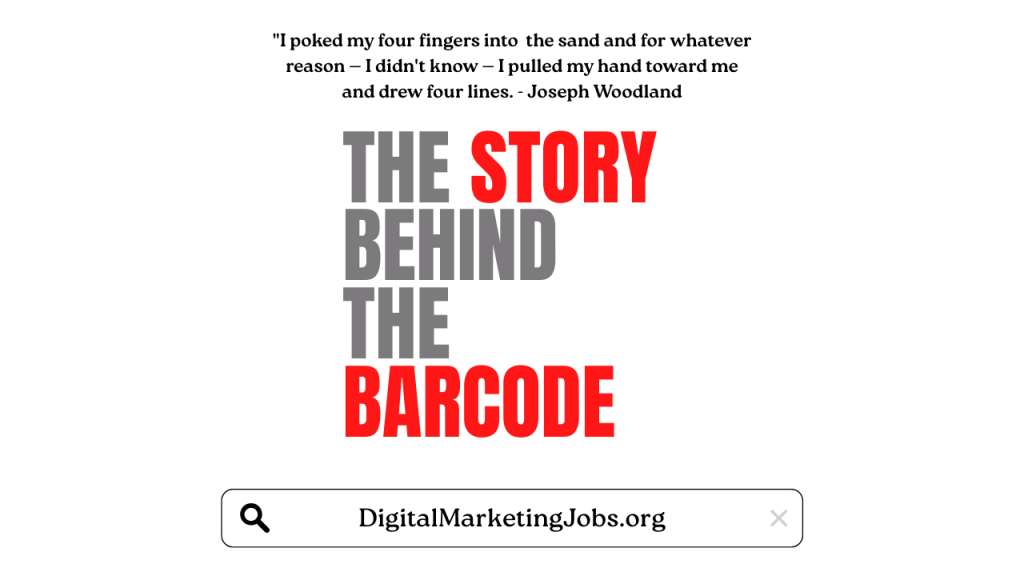
Discover the fascinating story behind one of the most important inventions of the 20th century: The Barcode.
From its humble beginnings to its profound impact on modern retail, this book takes you on a journey through the history of a small yet powerful innovation that reshaped the way we shop, track, and manage products today.
Uncover the struggles, breakthroughs, and visionary thinking behind the barcode’s creation—how two unlikely pioneers, Joe Woodlands and George Laurer inspired by real-world problems, revolutionized the consumer experience.
With insights into the challenges they faced, the resistance they overcame, and the lasting legacy they left. This book is a must-read for anyone interested in innovation, technology, or business.
Joseph Woodland – I remember I was thinking about dots and dashes when I poked my four fingers into the sand and, for whatever reason—I didn’t know—I pulled my hand toward me and I had four lines. I said ‘Golly! Now I have four lines and they could be wide lines and narrow lines, instead of dots and dashes. Now I have a better chance of finding the doggone thing.’ Then, only seconds later, I took my four fingers—they were still in the sand—and I swept them round into a circle.
